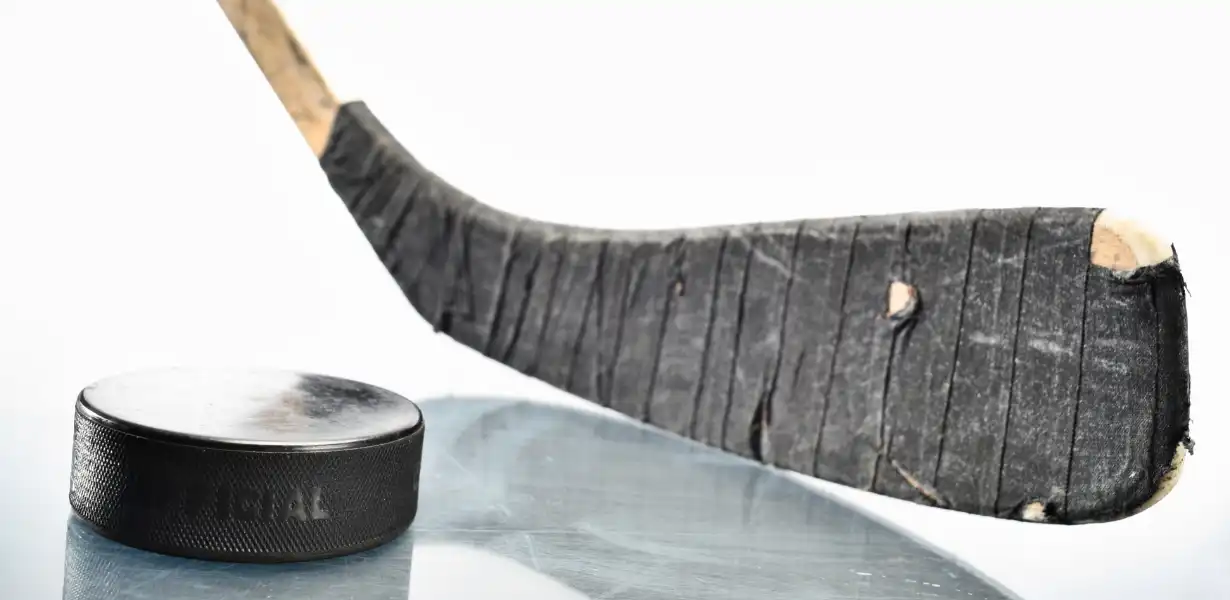In the fast-paced world of hockey, gear matters. Players and manufacturers are always on the hunt for that extra edge—but sometimes, innovation crosses a line. Enter the world of banned stick designs: hockey sticks that were simply too wild, too dangerous, or too unfair to be allowed on the ice.
These controversial twigs have stirred debates, changed rules, and shaped how modern sticks are crafted. Let’s dive into the history of banned stick designs and see how they’ve influenced today’s equipment standards.
What Counts as a Banned Stick Design?
“Banned stick designs” refer to any type of stick—curves, materials, length, or modifications—that is no longer allowed in competitive hockey. Leagues like the NHL and IIHF have established strict guidelines to keep play consistent, safe, and fair. Over the decades, manufacturers pushed boundaries, but not all innovations passed the rulebook test.
The Blade Curve Era: The Original Offense
Back in the 1960s, legends like Bobby Hull and Stan Mikita introduced radical blade curves. These banana-style blades allowed them to launch blistering wrist shots and make the puck dance in the air. Goaltenders had a hard time reading the puck’s movement, and defenders couldn’t predict shot trajectories.
Soon, the NHL stepped in. Blade curvature was limited to ½ inch to bring some balance back to the sport. It was one of the first major instances of banned stick designs making headlines—and it set the tone for future equipment rules.
Composite Chaos: When Materials Got Too Advanced
Wooden sticks dominated for decades, but the arrival of composite sticks in the ’90s shook up the hockey world. Lightweight and explosive, these new materials offered quicker releases and higher shot speeds. In some cases, too high.
Certain early models were pulled from competition due to concerns over safety and durability. Some sticks shattered under stress or gave players such an advantage that referees and league officials had to reassess what was fair. These models joined the ranks of banned stick designs and pushed governing bodies to define what materials were acceptable.
Too Long, Too Strong: Illegal Lengths and Modified Shafts
Stick length is another category that’s led to banned models. The NHL limits stick length to 63 inches (from heel to shaft tip) for most players. Some athletes tried adding custom extensions or cutting and modifying shafts to increase reach or gain more leverage.
When these custom sticks pushed past the allowed limit, they were penalized or banned outright. Enforcing length restrictions ensures that all players operate under the same conditions. Overly long or reinforced shafts often land on the list of banned stick designs for breaking that standard.
Strange Materials and Secret Weaponry
Alongside carbon fiber, manufacturers have explored everything from titanium to aerospace polymers to craft better sticks. The idea was always to gain speed, stiffness, and control. But not every experiment made it to market legally.
Some of these exotic materials failed durability tests or created an uneven playing field. In some cases, sticks passed initial inspection but were later outlawed once their true impact became clear. This category of banned stick designs helped reinforce the need for clear rules about what goes into a stick—not just how it performs.
Why the History of Banned Stick Designs Still Matters
The story of banned stick designs is more than a list of outlawed gear. It’s a reminder of how far hockey has come—and how much sticks have evolved. Every blade you tape up today has been influenced by past designs that were deemed too much for the sport.
From outlawed curves to experimental materials, the evolution of the hockey stick is full of innovation, rule changes, and bold ideas. Today’s legal sticks represent the best balance between power, control, and fairness on the ice.
ABHS continues this tradition by offering high-performance options that respect the rules while delivering elite capabilities to players at every level.
Power Within the Rules
From the wild curves of the ’60s to the tech-heavy composites of the 2000s, the world of banned stick designs is a fascinating part of hockey’s story. These sticks helped shape the equipment we use today, proving that sometimes, limits spark the most creative solutions.
Thanks to brands like ABHS, you don’t need to bend the rules to find elite gear. You can fire rockets from the point or dangle defenders out of their skates using a legal stick that’s packed with power and precision.
So next time you tape up your twig, remember: the illegal sticks of the past helped pave the way for the high-performance rockets of today.
#HockeyHistory #StickTech #BannedStickDesigns #ABHS #CarbonFiberPower #LegalPerformance #HockeyGearDoneRight

